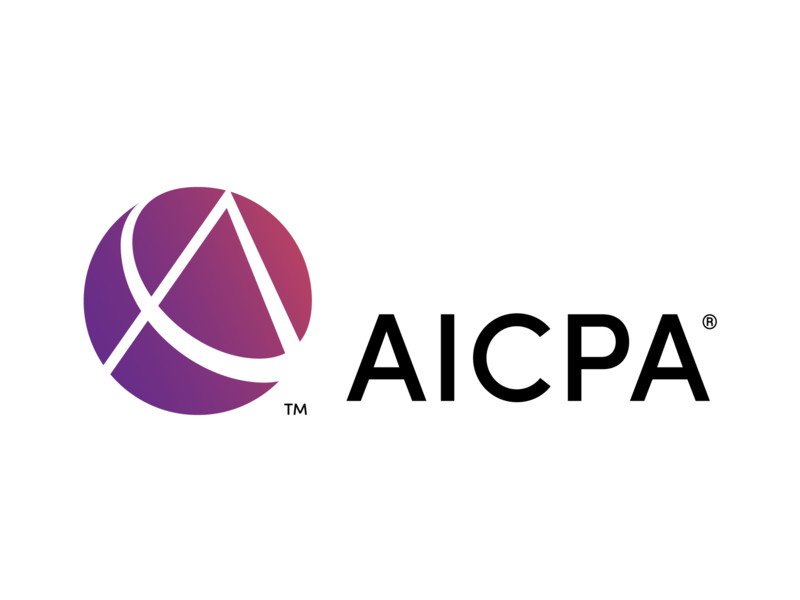Payroll
AICPA Asks Treasury for Clarification of Long-Term and Part-Time Employee Rules
The recommendations touch on points made in the November 2023 proposed regulations related to the changes to LTPT employees made by SECURE 2.0.
Apr. 29, 2024

In a letter sent to the U.S. Treasury and Internal Revenue Service (IRS), the AICPA submitted recommendations regarding regulations related to long-term, part-time (LTPT) employee rules for cash or deferred arrangements under section 401(k).
The recommendations touch on points made in the November 2023 proposed regulations related to the changes to LTPT employees made by SECURE 2.0 in relation to when they are permitted to participate in an employer-sponsored, tax-qualified retirement plan.
AICPA’s recommendations include:
Application Date of the Proposed Regulations and Limited Nonenforcement Period
The AICPA recommends that Treasury and the IRS issue final regulations related to the implementation of the application date of the proposed regulations, including providing a non-enforcement period until the changes to the requirements for LTPT employees made by SECURE 2.0 are effective on January 1, 2025, or if later, the date that the proposed regulations become final.
On November 27, 2023, the IRS published proposed regulations that went into effect January 1, 2024. As a result, plan sponsors had little time to analyze them to determine the extent to which the requirements apply to them, and to take the necessary actions to comply. Noncompliance with the rules could result in an operational plan failure, thus disqualifying the plan.
Vesting Requirements for Former Long-Term, Part-Time Employees
The AICPA recommends that Treasury and the IRS issue final regulations stating that an individual is no longer a LTPT employee once they are credited with 1,000 hours of service in any subsequent plan year.
By issuing final regulations which provide that an individual is no longer considered a LTPT employee once the individual is credited with 1,000 hours of service in any subsequent plan year, the plan could apply the same vesting schedule to similarly situated employees.
Conditions that Constitute a Proxy for Imposing an Age or Service Requirement – No Intention to Modify Application of Treasury Regulation § 1.410(a)-3(d)
The AICPA recommends that Treasury and the IRS provide final regulations which clarify that the reference to employee exclusion categories is not intended to modify the application of Treas. Reg. § 1.410(a)-3(d) as it relates to the proposed regulations.
While the examples in the proposed regulations use “part time” employees as the definition for exclusion, clarification that the regulations which guide plan design under Treas. Reg. § 1.410(a)-3(d) are not intended to be modified is requested.
“The AICPA’s requested recommendations will allow employers more time to digest the regulations and decide how to implement them correctly,” says Kristin Esposito, CPA, Director, AICPA Tax Policy & Advocacy. “The recommendations will also help with potential noncompliance and administrative complexity.”
